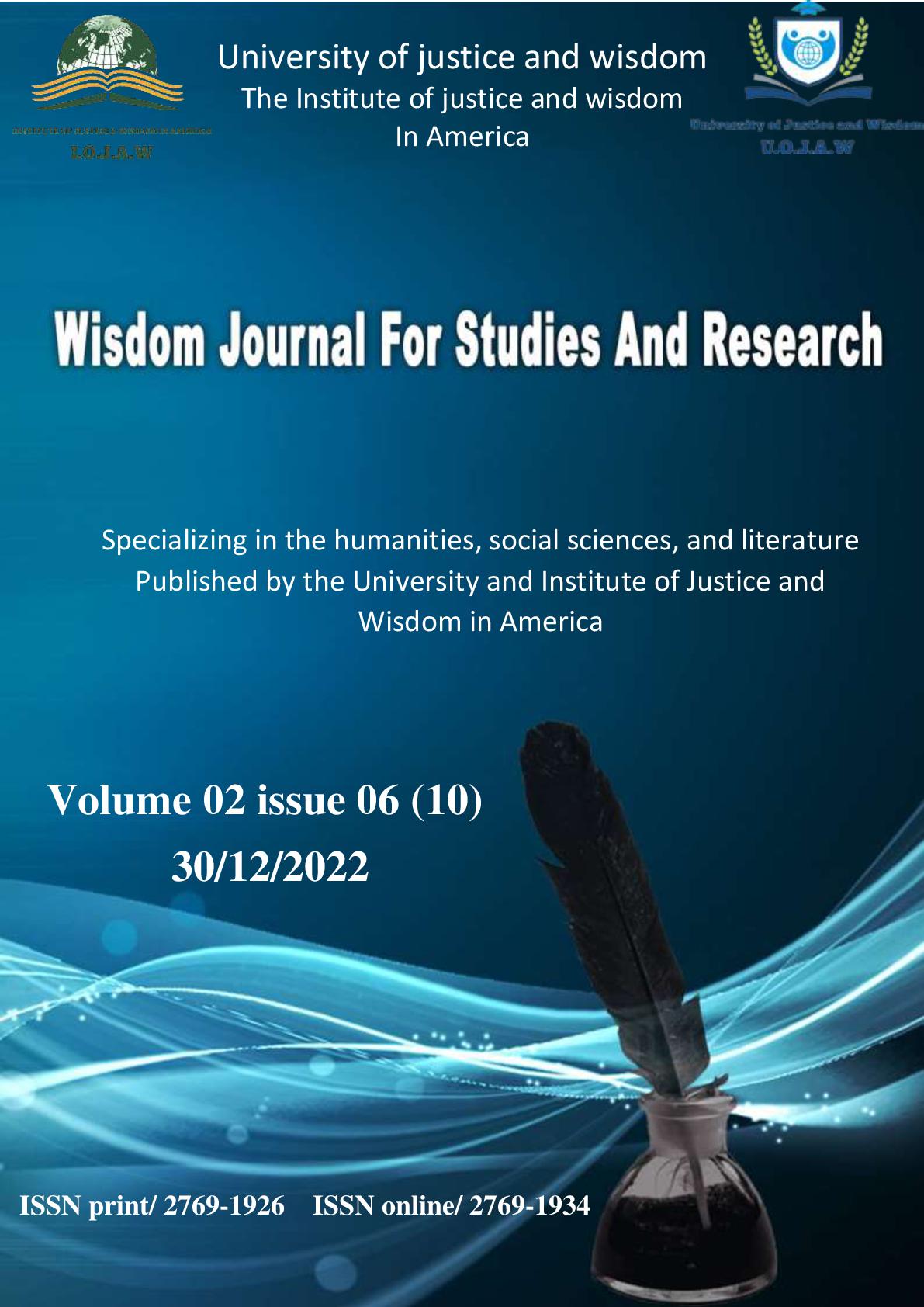أسبـاب انتشار ظاهـرة تعاطي المخدرات لدى الشبـاب في المجتمع الجزائري
مقاربـة نفسو- سوسيولـوجيـة
DOI:
https://doi.org/10.55165/wjfsar.v2i6.168الكلمات المفتاحية:
المخدرات، أسباب المخدرات، الشباب.الملخص
أضحت ظاهرة تعاطي المخدرات في الفترة الأخيرة التي تحول فيها المجتمع الدولي إلى قرية صغيرة بسبب انتشار وسائل الاتصال والتقدم التكنولوجي السريع ظاهرة خطيرة تحوم على مختلف شرائح المجتمع، وفعلا جديرة بالرصد والدراسة والتحليل، خاصة إذا ما تعلق تعاطي المخذرات بفئة الشباب التي تشكل عماد المستقبل للمجتمع. ومما لا شك فيه أن ظاهرة تعاطي المخذرات من أخطر الظواهر التي تواجهها المجتمعات بشكل عام، ذلك أن خطر هذه الظاهرة ليس مقتصرا على الفرد المتعاطي فحسب، بل يتعداه إلى مجتمعه الصغير، أسرته، رفاقه، وأقاربه ومعارفه، وكذلك مجتمعه ككل. حيث تعد ظاهرة انتشار المخذرات من الظواهر الأكثر تعقيدا وخطورة على الإنسان والمجتمع، إذ تعتبر إحدى مشكلات العصر الشائكة التي بدأت تحتل مكانا بارزا في اهتمامات الرأي العام والمحلي، حيث يتزايد خطر هذه الظاهرة في كونها تصيب الطاقة البشرية الموجودة في أي مجتمع بصورة مباشرة وغير مباشرة، وبصفة خاصة الشباب من الجنسين فهي تصيب جزءا غالبا من تلك الطاقة البشرية الموجودة في أي مجتمع مهما اختلفت درجة تحضره، وفي ذات الوقت هي تصيب حاضر المجتمعات وتخيم الظلام على مستقبلها، وتؤثر على موارد الثروة الطبيعية والبشرية مما يعرقل أي جهود خاصة بالتنمية الشاملة في المجتمع.
الكلمات المفتاحية: المخدرات، أسباب المخدرات، الشباب.









